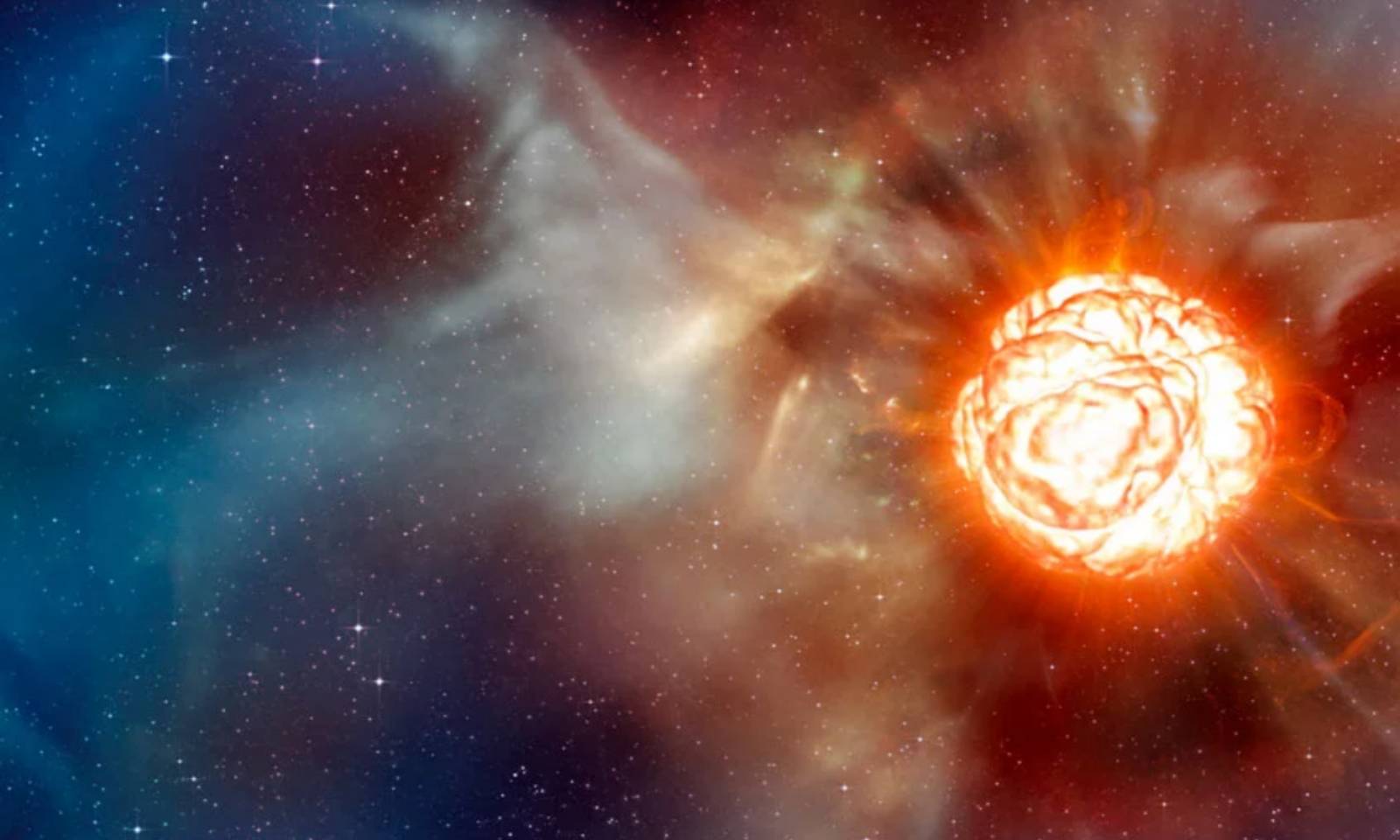Calea Lactee are parte de o dscoperire care uimeste foarte multa lume, iar asta din cauza faptului ca vorbim despre ceva ce schimba in totalitate multe dintre cele cunoscute pana acum despre galaxia noastra. Mai exact, conform unor descoperiri recente, se pare ca galaxia Calea Lactee are o dimensiune de 2 ori mai mare decat s-a crezut initial, ea fiind de 200.000 de ani lumina, ceea ce inseamna ca ascunde si mai multe stele s planete decat se estimase.
Calea Lactee are aceasta descoperire facuta de catre cercetatorii universitatii de astrofizica din Canaria, care au lucrat impreuna cei de la observatorul astronomic national din Beijing. Conform calculelor lor, in baza analizarii multor stele din Calea Lactee, si nu numai, lungimea de 200.000 de ani lumina ar fi mult mai corecta decat orice a fost calculat pana acum de catre alti cercetatori, si asta inseamna ca avem mult mai multe de descoperitin viitor.
Calea Lactee: Descoperirea ce UIMESTE, ce Stiam Total Gresit
Calea Lactee are dimensiunea calculata din punctul in care numarul de stele-disk incepe sa scada semnificativ, acestea fiind mult mai tinere decat stelele-halou, iar cercetatorii considera ca de la ele trebuie inceputa numaratoarea. Mai mult decat atat, aceste doua tipuri de stele din Calea Lactee au si compozitii diferite, astfel ca ele apartin unor perioade diferite de formare, deci asa pot calcula si mult mai usor cand au luat nastere anumite parti ale galaxiei.
“Cercetările recente au dublat marmea galaxiei Calea Lactee până la 200.000 de ani lumină, arătând că, în timp ce populația de stele este mai puțin densă în marginea exterioară a galaxiei noastre, o densitate mai mare se întinde cu mult peste ceea ce oamenii de știință au observat anterior. Între stele se află stâlpii uriași de gaz și praf, iar în centrul ei se ascunde o gaură neagră care cântărește de 4 milioane de ori masa soarelui nostru.”
Calea Lactee a avut dimensiunea calculata cu un proces numit spectroscopie, el fiind folosit pentru a determina compozitia chimica a unora dintre stelele care fac parte din galaxie in acest moment. Pana recent, cercetatorii nu credeau ca stelele aflate la o distanta mai mare de 81.000 de ani lumina fata de discul central al galaxiei Calea Lactee faceau parte din ea, insa in baza studiului cu spectroscopie si-aus chimbat complet modul de calcul al dimensiunii galaxiei.
Calea Lactee este foarte mare, atat de mare incat probabil ca omenirea nici n-o va putea explora in totalitate vreodata, insa macar incepem sa ne facem iar o idee cu privire la dimensiunea sa mare.






















